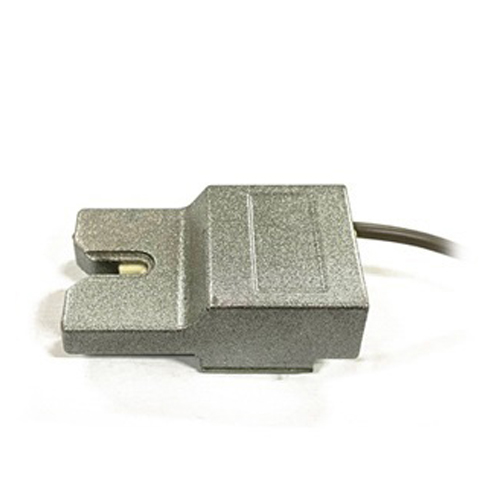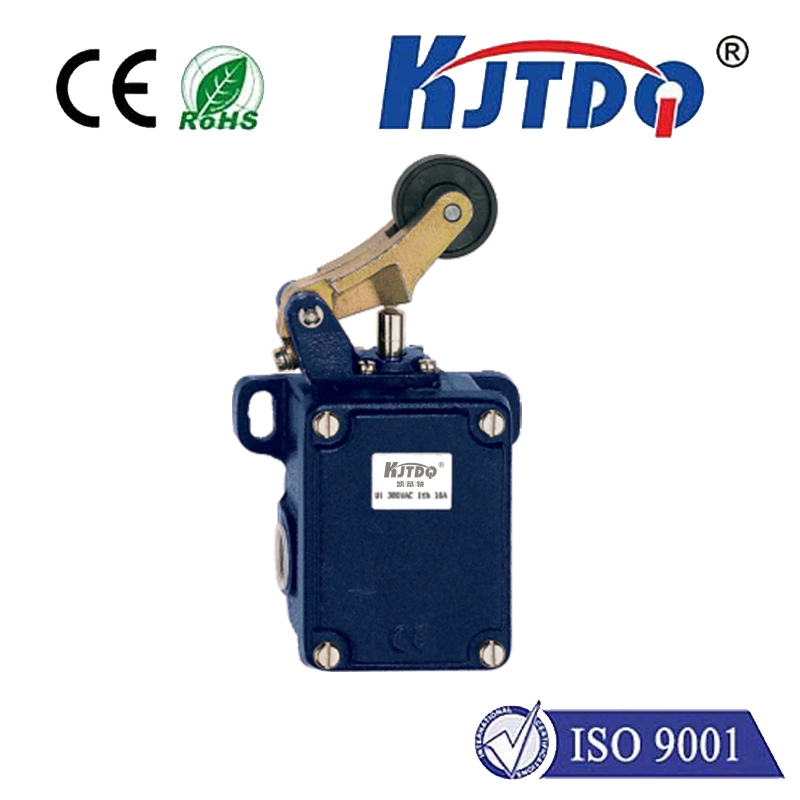

check

check

check

check

check

check

check

check

check

check
BRISK (Binary Robust Invariant Scalable Keypoints) Limit Switch represents a groundbreaking algorithm that has redefined feature extraction in image processing. Its introduction during the 2011 ICCV through the article entitled "BRISK: Binary Robust Invariant Scalable Keypoints" marked a significant milestone in the world of computer vision and image analysis. The essence of BRISK lies in its exceptional ability to extract key features from images while ensuring invariance to rotation and scaling, qualities that are paramount for accurate and robust image recognition and tracking.
The foundation of the BRISK algorithm is built on the principle of scalable feature detection, which allows it to function effectively across various image scales. This adaptability ensures that BRISK can be applied in diverse applications ranging from object recognition to augmented reality scenarios. One of the hallmarks of BRISK is its binary feature descriptor, designed for high-speed matching with low memory consumption. These attributes make BRISK an ideal choice for real-time image processing tasks where computational resources are limited, yet performance needs to be optimized.
In addition to its efficiency, BRISK’s robustness against image degradations such as noise or blur further enhances its practical utility. The developers of BRISK meticulously engineered the algorithm to maintain stability under adverse conditions, a crucial requirement for systems deployed in uncontrolled environments. This resilience is achieved through the use of a pattern-based sampling strategy that is resistant to localized distortions, thus ensuring that extracted features remain reliable despite image perturbations.
The rotational and scaling invariance properties of BRISK are among its most celebrated features. By adeptly handling changes in an object's orientation or size within an image, BRISK facilitates precise identification and tracking of objects undergoing transformations. This capability is vital in fields such as robotics, where consistent recognition of manipulated objects is essential for efficient operation.
Furthermore, the algorithm’s application scope extends to mobile technologies, thanks to its low computational footprint. With the proliferation of smartphone cameras and other imaging devices, BRISK has found a niche in applications such as automated scanning, object recognition within mobile apps, and even facial recognition technology embedded within smart devices.
As we integrate more advanced machine learning models into daily technological interactions, the role of BRISK Limit Switch remains central. Its ability to rapidly process and identify key features from vast streams of visual data is a testament to the power of modern image processing techniques. Moreover, ongoing research continues to refine BRISK, suggesting possibilities for even more efficient and accurate feature detection in the future.
In conclusion, the BRISK Limit Switch algorithm stands as a testament to the rapid advancements in image processing technology. Its unique blend of speed, accuracy, and resilience makes it an indispensable tool for developers and researchers alike. As we look towards an increasingly digitized future, the potential applications of BRISK are vast and promising, continuing to push the boundaries of what was once deemed possible in the realm of feature extraction and image analysis.









